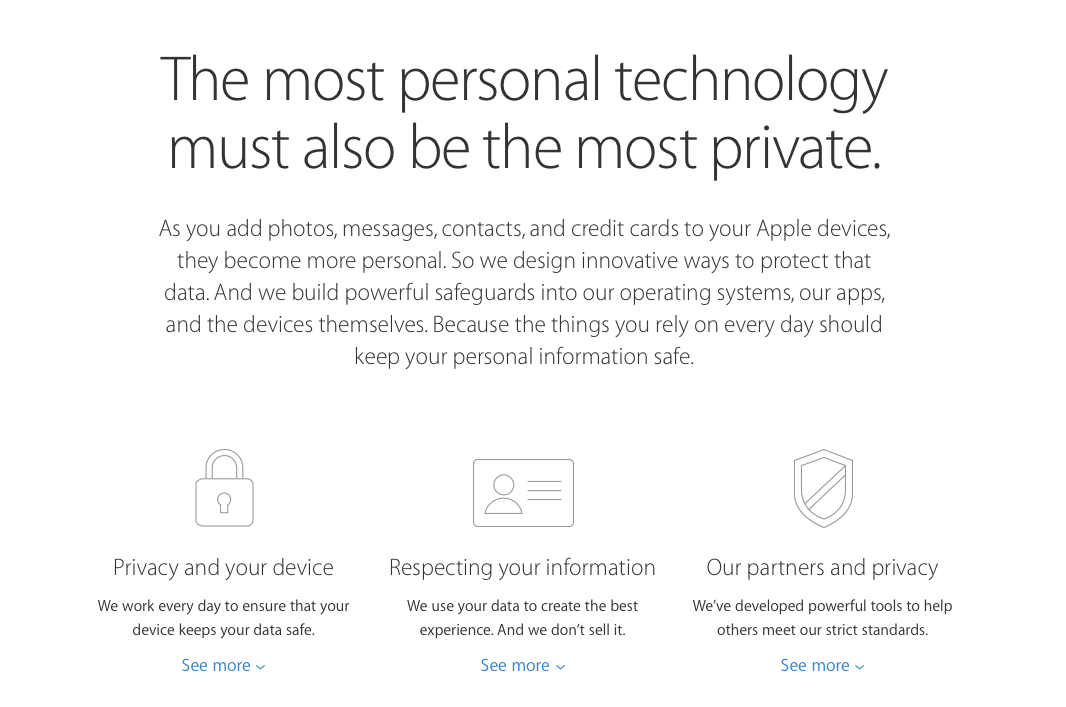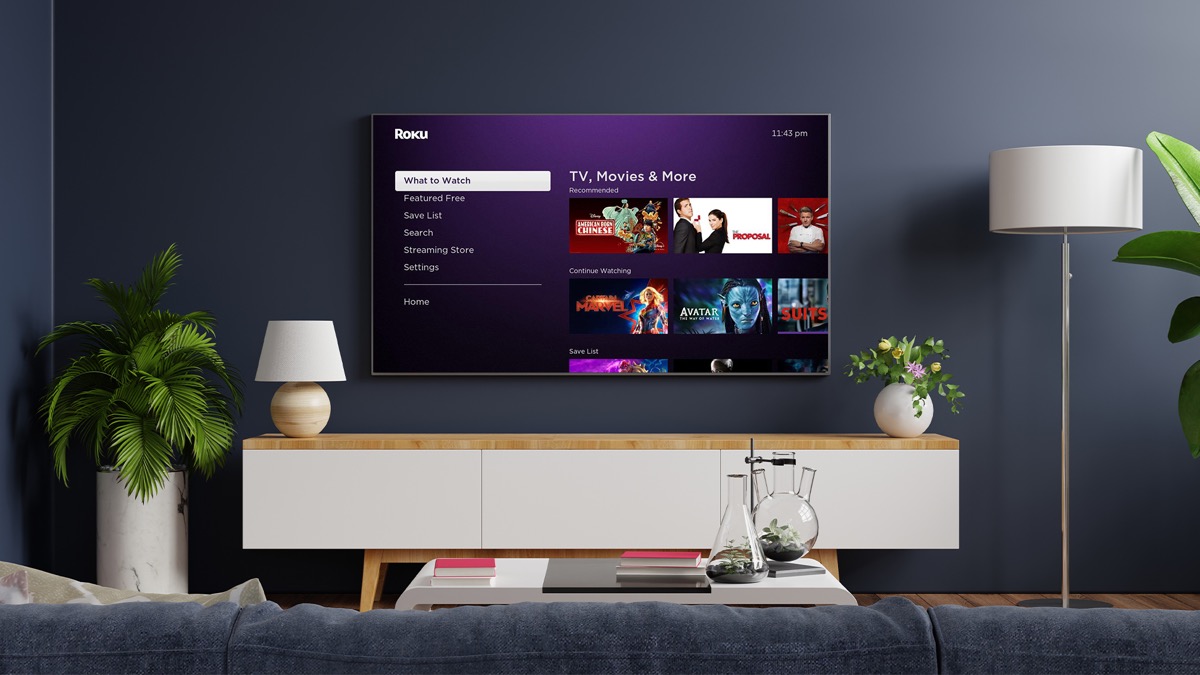
How Apple Protects Your Data: Privacy Policy Update 2015

Since iOS 9 is here and OS X El Capitan launching tomorrow, Apple has updated its privacy site (via TechCrunch) to reflect the changes the two new operating systems bring and expanded its page with further information about the services it offers to hundreds of millions of users.
For example, Apple has launched News, which delivers stories and topics you are interested in. The updated privacy site also details the measures the company has taken to avoid intruding on your privacy, since the more you use it, the more this app learns about you. According to Apple, the information it collects from you to improve the app is linked to an anonymous, News-specific identifier, which you can reset anytime by clearing your history.
When it comes to Maps, Apple has taken an interesting step: When you launch the app and set a route, Apple generates a generic device identifier and uses it to pull the info instead of your Apple ID. But that only takes you halfway: For the second half of your trip, Apple generates another generic device identifier and associates the info with that ID. Finally, it truncates the trip data, which is then kept for two years to improve Maps.
As for Health and Fitness data, Apple says it is isolated on the device with an encryption key generated based on the passcode you use, so this prevents them from accessing the data if you don’t want them to.
HealthKit uses a database to store the user’s health data, such as height, weight, distance walked, blood pressure, and so on. This database is stored in Data Protection class Complete Protection, which means it is accessible only after a user enters his or her passcode or uses Touch ID to unlock the device.
Health data is not shared via iCloud or synced between devices. Health databases are included in encrypted device backups to iCloud or iTunes. Health data is not included in unencrypted iTunes backups.
The updated privacy page also includes a 60-page iOS Security Guide white paper detailing how the hardware and firmware elements work together to protect your data. “Every iOS device combines software, hardware, and services to work together for maximum security and transparent user services”, Apple says.

